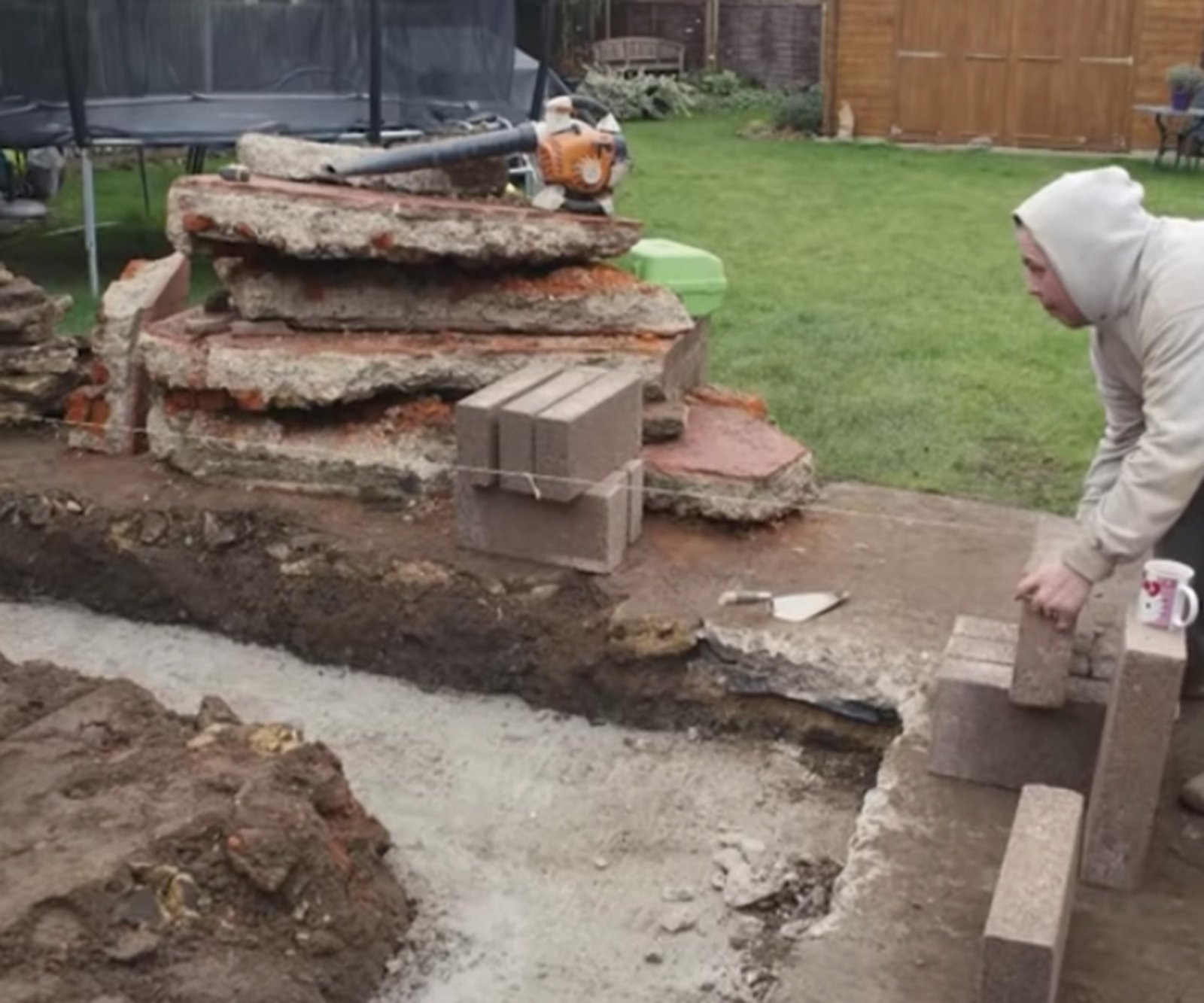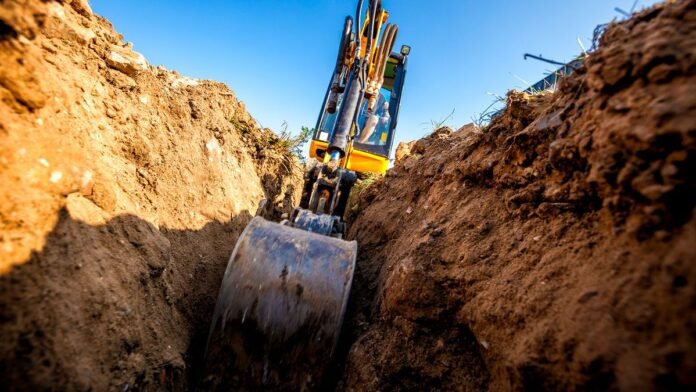Just what are strip foundations and could they be the best option for your self build or extension project?
As discussed in my previous articles in this series, foundations systems usually form a crucial part of the main structural support for a building. They should have sufficient ‘load bearing capacity’ to safely and efficiently transfer the weight of the building above, into the ground below.
The ‘strip foundation’ is a commonly used system, suitable for dry, compact gravel or gravel and sand subsoils. It can also sometimes be deemed acceptable for clay soils.
Here, we explain what strip foundations are, their pros and cons and how they compare cost-wise to other systems.
What are strip foundations?
Strip foundations are are used primarily when the ground is of a relatively high load bearing capacity, but can be suited to most types of subsoil — of course in some cases it will be necessary to use foundations for difficult sites instead.
Formed of a relatively shallow, continuous line or ‘strip’ of concrete, they are normally located directly below the centre line of load bearing walls – or a row of equidistant columns – so the combined weight can be transferred into the ground as evenly as possible.
The actual location and size of the strip foundations are dependent on the size and width of the load acting upon it from above. Typically the width of the strip foundation is two or three times the width of the structural element that it is supporting. The depth of the strip foundation also relates to the width of the wall, or column sitting on the foundation. A very general rule of thumb is that the depth of a strip foundation is at least equal to, or more than, the width of the wall it supports.
The depth of a strip foundation is also driven by the need to avoid the effects of frost as this can cause serious damage to the foundation in the long run. Unless they are sitting directly upon hard rock, these foundations are usually about half a meter below the surface. If the strip foundation sits within an ‘expansive clay’ soil then the foundation is usually at least a metre below the surface. This type of ground can ‘shrink’ or ‘swell’ as the water content within the soil changes. This can happen quite rapidly as large quantities of water are absorbed into the ground, potentially causing subsidence.

Can strip foundations help with tricky soil types?
Wide strip foundations can be used when the soil is of a low load bearing capacity, and the denser ground is at a depth that makes a shallow strip foundation unfeasible. The wider strip foundation helps spread the load more efficiently into the weaker ground, and in a similar fashion to a raft foundation, wider strip foundations usually require reinforcement.
A qualified and experienced structural engineer – with an expert working knowledge of the relevant building regulations – would be able to advise more effectively on the specific width and depth required for your own strip foundations. They should always be consulted before committing to a particular foundation system, and must always be directly responsible for the design and specification.
What are the pros and cons of strip foundations?
Shallow strip foundations can be relatively inexpensive to construct as they might use less concrete, and maybe require less excavation than raft foundations. They also often don’t require reinforcement, which can be a relief when building starts on site.
In addition, they are an industry standard, so most contractors should be able to take this kind of foundation on, and they can therefore potentially be installed relatively quickly. However, they do demand a slightly higher level of skill from your contractor to install, as they can be a little more complicated to set out than a raft foundation.
On the downside, strip foundations aren’t really suitable where the proposed building requires the use of structural loads that are concentrated, or ‘localised’, in one or more specific areas. They work better when the structural loads are linear, or continuous, and evenly spaced. Therefore, they are more suited to low rise domestic buildings, such as domestic residential projects, including new self build homes or extensions.
As alluded to above, when the ground condition is poor, or the soil is of a weaker constitution, settlement or subsidence is more likely if a shallow strip foundation is utilised. And if you are wondering how to build on a sloping site, strip foundations will not be an option.
How much do strip foundations cost?
It is almost impossible to give a foundation cost without looking into soil conditions, location and so on. For this you would need to engage with an experienced cost consultant, or specialist contractor, who can advise on a ‘per metre rate’.
However, it is useful to bear in mind that strip foundations are shallow foundations so the cost can be considered to be on the middle to lower end of the scale, however they will still form a substantial proportion of the overall construction budget.
The final cost is always dependent on where you want to build your foundation, as well as how large it is proposed to be when finished. The contractor you chose will have their own way of costing the job, so more than one should be approached to get a range of prices. Please always keep in mind when tendering for any type of building work that the cheapest price doesn’t necessarily mean you will get the best – or even satisfactory – result. Before making a final decision, you should always consult with your trusted design team and get their advice on which contractor might be the best to proceed with. Their experience will be an invaluable guide.
Ninian MacQueen is an ARB registered, and RIBA chartered, architect. He studied at the Mackintosh School of Architecture in Glasgow, before completing his ‘Part 3’ at the Bartlett School of Architecture in London. He worked for four Stirling Prize winners – including Richard Rogers, Norman Foster and AHMM architects – as well as smaller firms, before starting his own private practice: Borderland Studio. His designs have contributed to super tall towers, city master plans, infrastructure projects, and many others in countries such as India, Russia, China, Nigeria, Canada and the UK.


